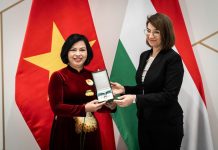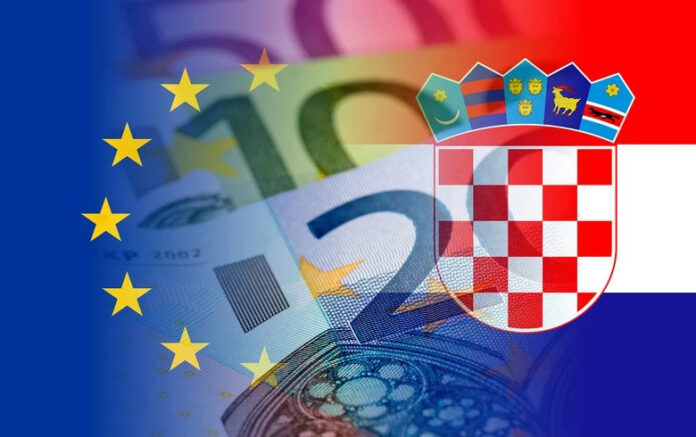Edited by Anna Popper
1st of January 2023 has been an important day for the citizens of the Republic of Croatia: the country adopted the euro as its official currency and fully joined the Schengen area, following a period of intensive preparation and substantial efforts by Croatia to meet all the necessary requirements. Two great achievements in record time since Croatia’s accession to the European Union (EU) in 2013, 10 years ago. This marks an important milestone in the history of Croatia, the Eurozone, the Schengen area and the EU as a whole.

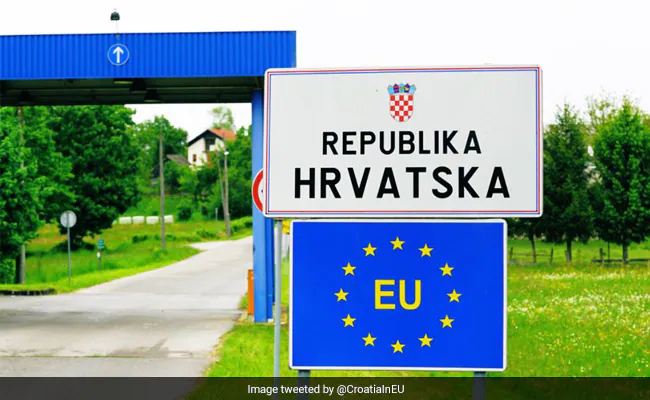
Croatia, a New Member of the Eurozone
With Croatia, 20 EU member states and 347 million EU citizens share the common currency of the European Union. The euro will gradually replace the Kuna, the previous currency of Croatia. In line with a record of exchange-rate stability, the kuna was exchanged at a conversion rate of 1 euro for 7.53450 Croatian kuna. The two currencies were used in parallel for a period of two weeks, allowing for a progressive withdrawal of the kuna from circulation.
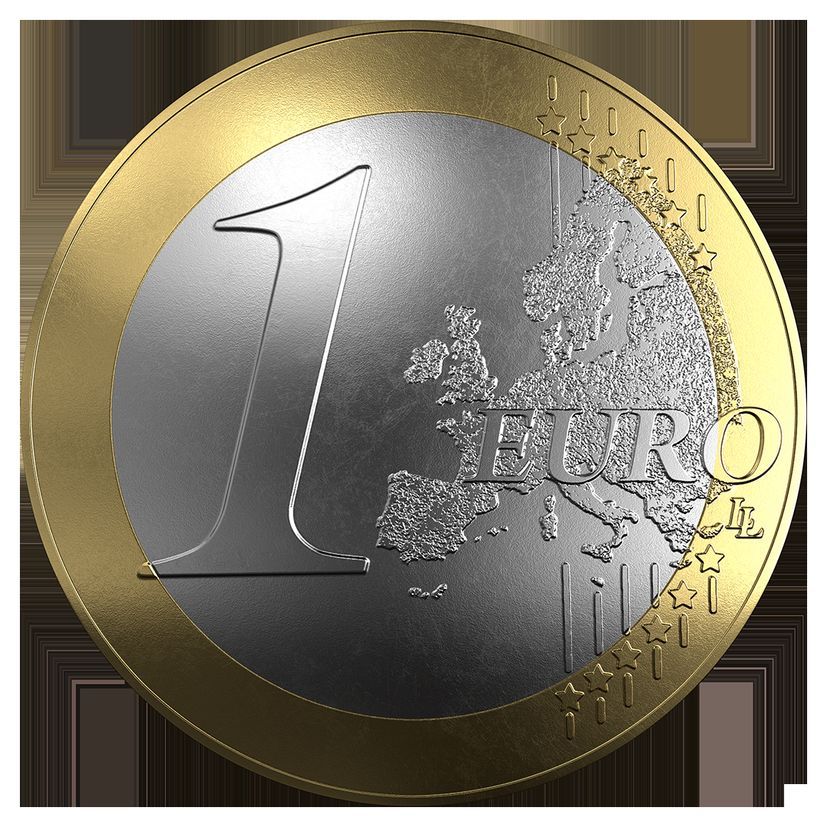
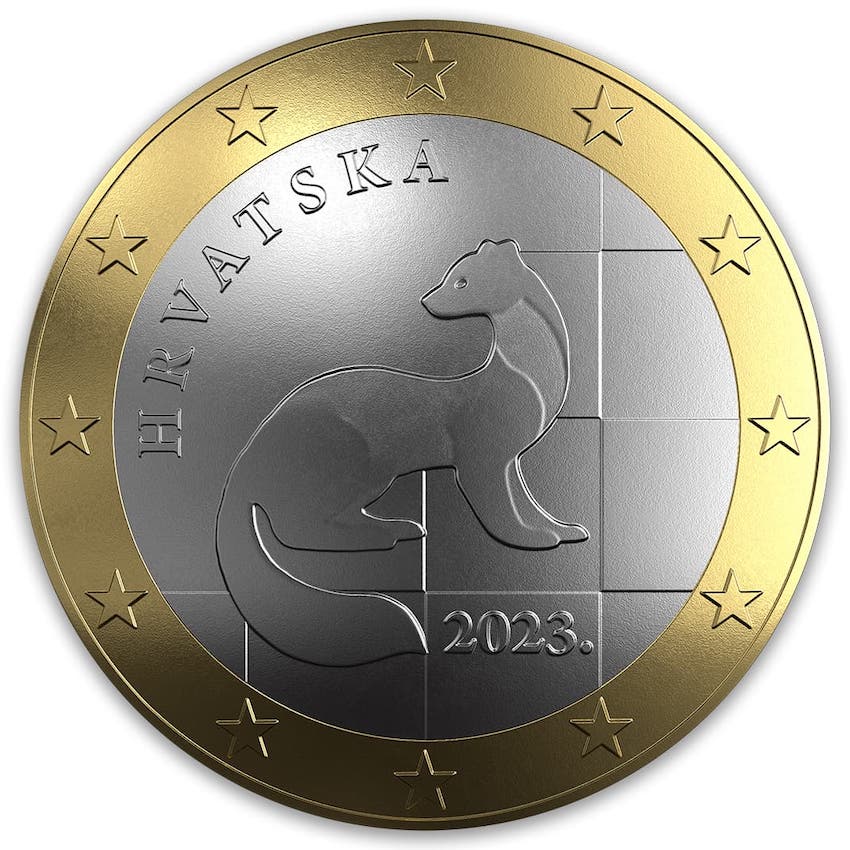
Croatia’s six-year journey to join the eurozone coincided with the altered global context, which also impacted the rise of prices in Croatia, and the inflation. In 2022, according to the statistical office, inflation in Croatia was 10.8%, which is only 1% above the eurozone average, but it is much lower than in all countries of the EU from Central and Eastern Europe that do not have the euro.
The core principle of Croatia’s national changeover plan is consumer protection. Many retailers, public companies and service providers have signed up to the Code of Ethics launched by the authorities to ensure that the conversion of prices into euros is done fairly and without abusive price increases. Dual pricing became compulsory on 5 September and will end 12 months after the euro adoption rate on 31 December 2023. The switch to the euro and entry into the Schengen area are expected to boost sectors such as tourism, 24% of Croatia’s GDP, also manufacturing, which is an important export sector at over 12% of GDP. On the way to the eurozone, Croatia adopted its first budget in euros for 2023.
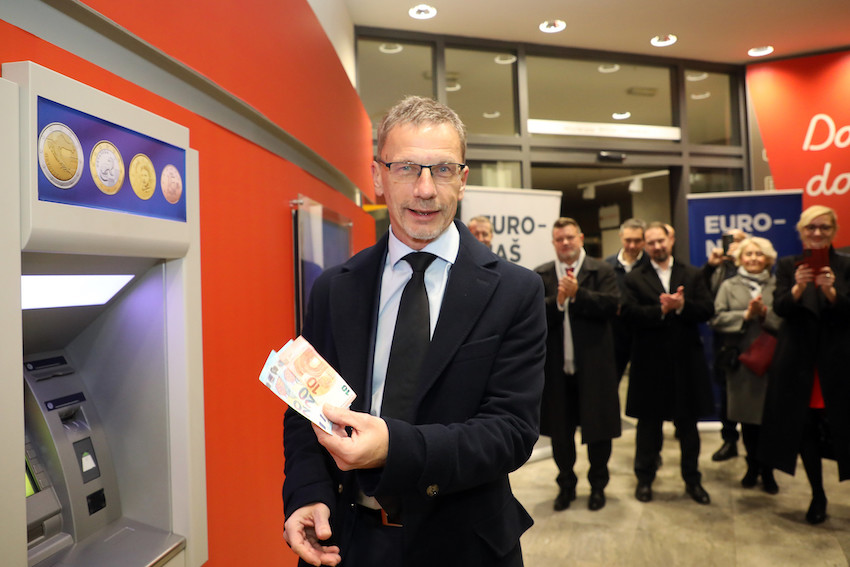

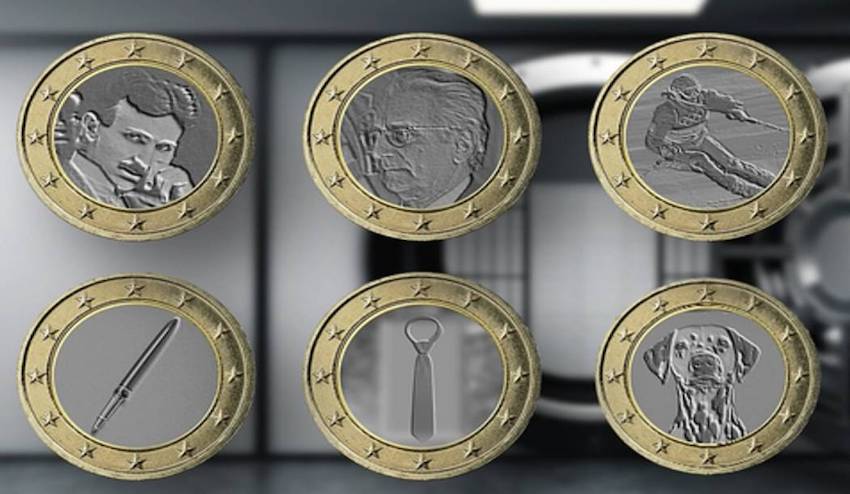
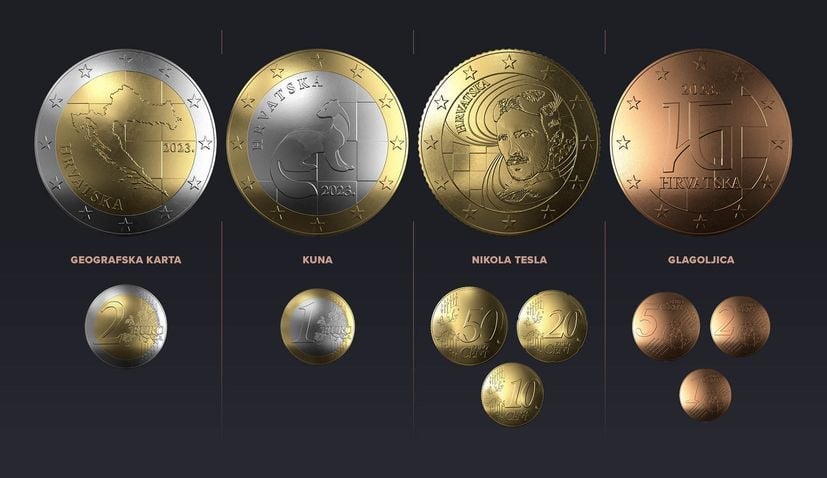
Schengen, the World’s Largest Visa-Free Zone
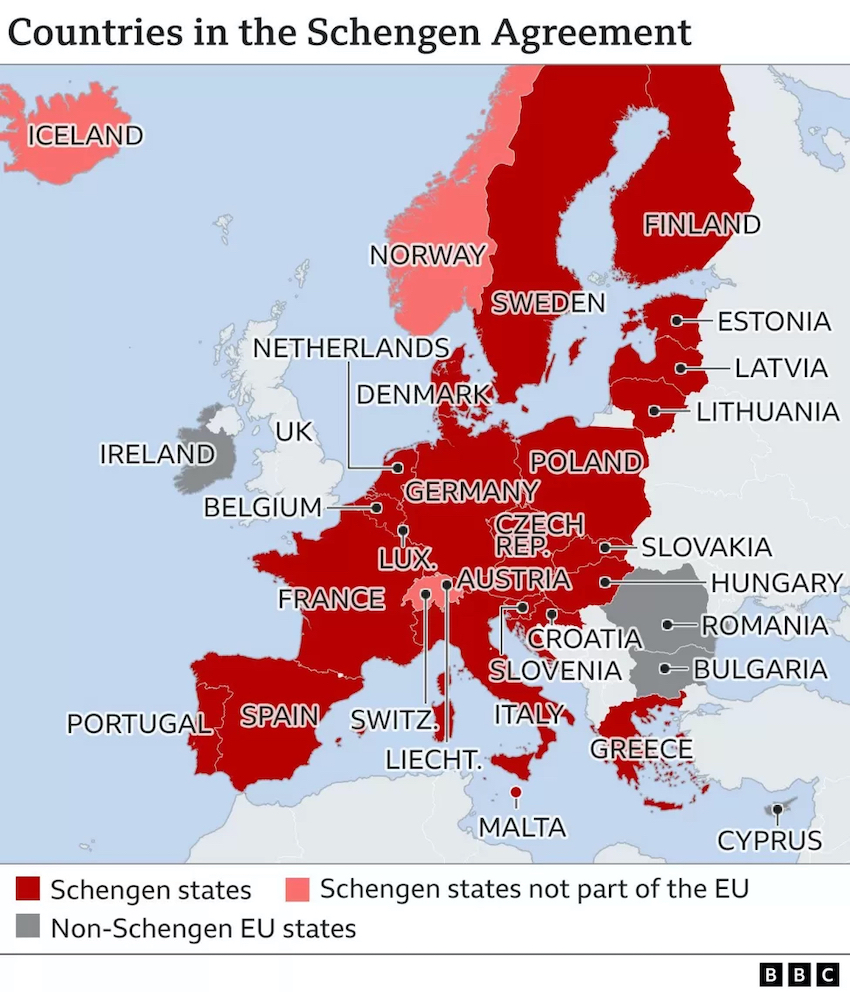
With Croatia, this is the eighth enlargement and the first in 11 years. The Schengen area is one of the main achievements of the European project. It started in 1985 as an intergovernmental project between five EU countries: Belgium France, Germany, Luxembourg and the Netherlands. It has gradually expanded and become the largest free travel area in the world. Now the zone consists of 27 Member States, of which 23 are also EU countries and 4 are EFTA members.
An enlarged Schengen area without internal border controls will make Europe safer through reinforced protection of our common external borders and effective police cooperation; more prosperous by eliminating time lost at borders and facilitating people and business contacts; and more attractive.
The Schengen area allows 420 million people to travel freely between member countries without going through border controls. It allows to develop a common, shared responsibility for controlling the external borders of the Union and the responsibility for issuing common Schengen visas. Above numbers, for more than 35 years Schengen has been an area of values, freedom, security and justice. Especially in the current geopolitical and economic context, the Schengen area is instrumental to stability, resilience and recovery.
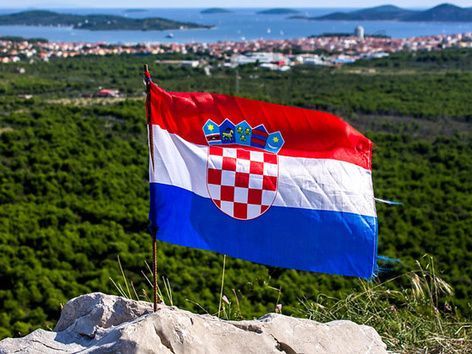
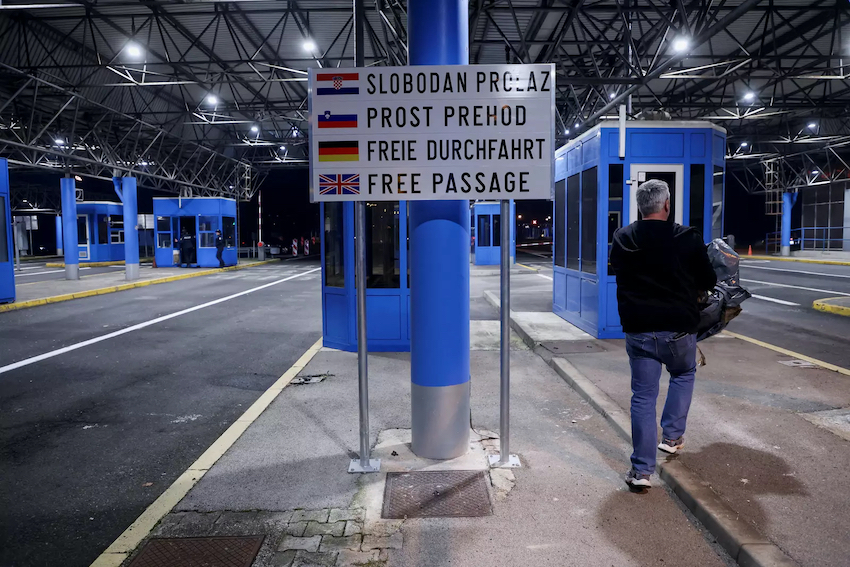
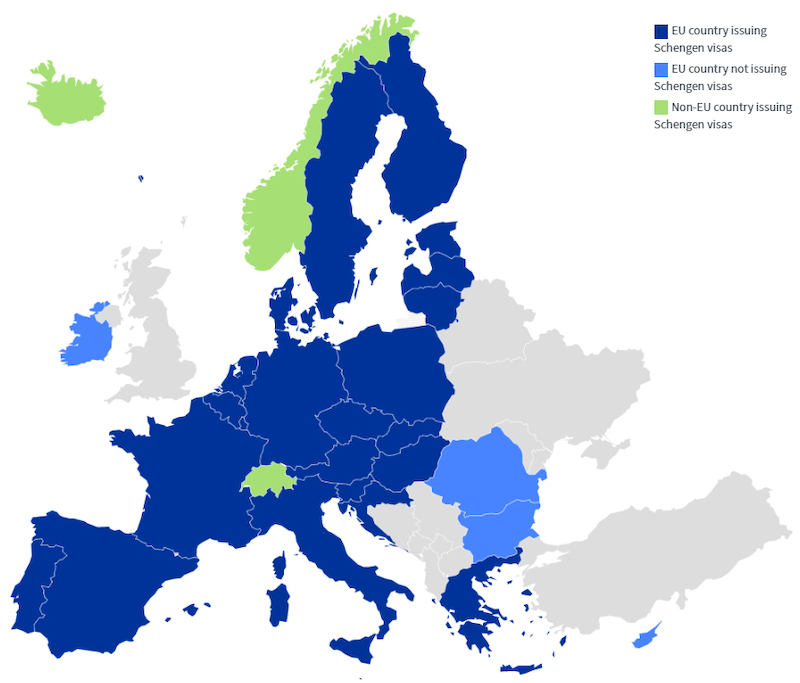
Source: European Commission – www.ec.europa.eu



